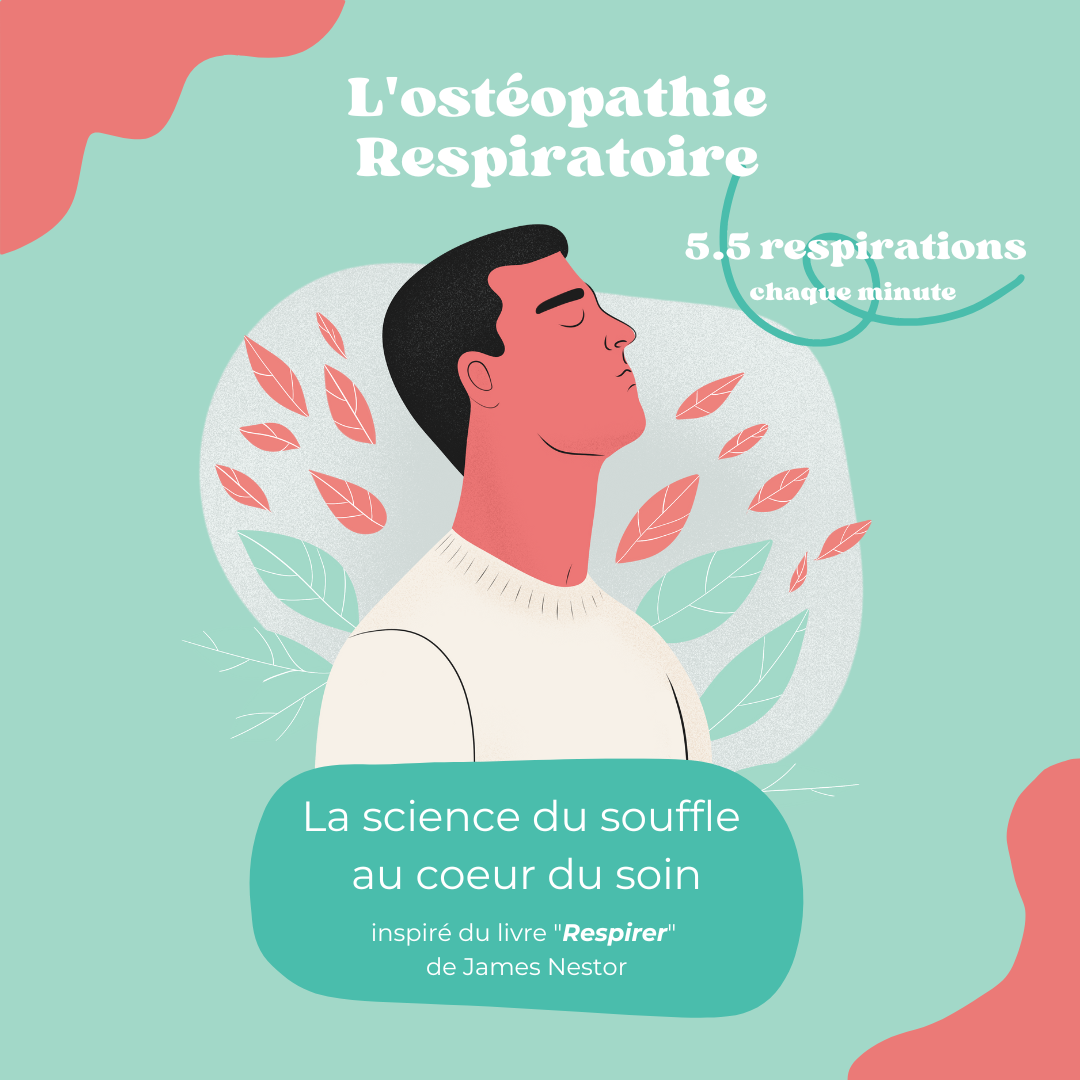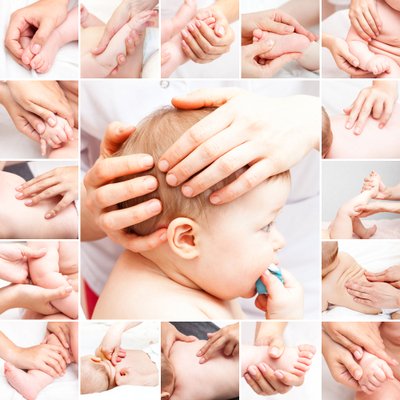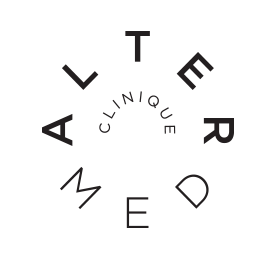
Respiratory osteopathy: the science of breath at the heart of treatment
Montreal osteopathy
What if better breathing could transform your health?
In his book "Breath", science journalist James Nestor reveals a long-overlooked truth: the way we breathe profoundly affects our well-being. From posture to stress management, from physical performance to nervous system balance, breathing is a powerful gateway to overall health.
Osteopathy, as a holistic manual therapy, fully embraces this idea. Respiratory osteopathy aligns perfectly with this vision by restoring the mobility of the body structures involved in respiratory mechanics. It serves as a concrete therapeutic lever by releasing tensions that restrict free and functional breathing.
🌬 Understanding the Issue: Why Our Breathing Is in Crisis
James Nestor explains that our modern lifestyle—processed foods, sedentary behavior, chronic stress—has disrupted our natural breathing. We often breathe through the mouth, too quickly, and too shallowly.
"The way we breathe affects nearly every aspect of our health: our sleep, metabolism, concentration, and immunity." — James Nestor
This faulty breathing mechanics trigger a cascade of imbalances: poor posture, neck tension, anxiety, digestive issues… These are all common reasons people seek osteopathic care.
👐 Respiratory Osteopathy: A Manual Approach to Breathing
Osteopaths view the body as a fully interconnected system. In terms of breathing, this means that:
-
The diaphragm (the primary breathing muscle) must be mobile and relaxed.
-
The ribs, spine, sternum, and intercostal muscles must move freely.
-
The skull, pelvis, and internal organs subtly follow the natural breathing rhythm, known as the primary respiratory mechanism in cranial osteopathy.
When mobility is restricted in any of these areas (due to stress, injury, posture, surgery, etc.), breathing becomes blocked. The osteopath then works to restore fluid breathing by addressing these areas of tension.
🧠 Body-Mind Connection: Breathing as a Bridge
The book "Breath" emphasizes the role of breathing in regulating the autonomic nervous system. Breathing slowly through the nose activates the parasympathetic system—the system of rest and recovery. By releasing restrictions in the diaphragm and respiratory structures, osteopathy restores the body's self-regulation capacity.
In practice, this often leads to:
-
Reduced anxiety
-
Improved sleep
-
Better digestion
-
Greater mental clarity
📍 Who Is It For?
Respiratory osteopathy is recommended for individuals with:
-
Chronic pain (neck, back, spine)
-
Blocked or inefficient breathing
-
Asthma, frequent bronchitis, or a history of pneumonia
-
Chronic stress or hyperventilation
-
Digestive or pelvic disorders (linked to diaphragm tension)
-
Difficulty recovering after COVID-19
✨ Brice Gagliardi: A Personalized Approach to Well-Being
Brice Gagliardi, osteopath and founder of Clinique Altermed, offers personalized sessions to consciously improve well-being. His approach combines respiratory osteopathy with in-depth work on each person's specific limitations: poor posture, dysfunctional breathing patterns, and chronic bodily stress.
Each session becomes an opportunity for reconnection with the breath, body awareness, and lasting transformation. It’s not only about relieving symptoms, but about guiding the person toward a deeper understanding of their own physiological balance.
In Conclusion
James Nestor’s book reminds us that breathing is a therapeutic act in itself, provided it is done with awareness and ease. As a gentle and focused manual practice, respiratory osteopathy offers a valuable opportunity to reconnect with your breath and turn it into a source of vitality and resilience.
👉 Book a session with Brice Gagliardi at Clinique Altermed in Montreal to explore an approach centered on breathing, body awareness, and releasing deep tensions.
📩 Visit cliniquealtermed.com for more information or to book online.
📞 Or call directly at (514) 287-3289
Read article
Osteopath, baby and osteopathy
Montreal osteopathy
Every birth should be followed by a careful osteopathic examination
Childbirth can be the first trauma for the baby.
Too long or too short, it can disturb the normal functioning of the cranial structures.
Difficult, it sometimes requires the use of spatulas, suction cups or forceps, which will influence the mobility of the junctions of the cranial bones and cause immediate or later functional disorders.
Often, newborns are born with a slightly deformed head, with the skull in obus, with one eye more closed than the other, with one ear more forward than the other, with a nose that is a little crushed... Parents are told that this will recover by itself...
Apparently yes, but the cranial balance is broken and there is a dysfunction which requires an osteopathic treatment.
When to consult ?
1. if the delivery was done under epidural
2. if the labor was too long (more than eight hours) or too short (less than two hours)
3. in case of a twin pregnancy
4. if the presentation was breech, face or forehead
5. if the head was pulled too hard
6. if the cord was wrapped around the neck
7. if there was prematurity (the skull is more fragile)
8. if the mother's belly was pressed to facilitate the expulsion
9. if forceps or vacuum was used
10. in case of caesarean section
11. in case of fetal suffering, even light resuscitation of the baby
Learn to observe your baby and consult when :
1. the baby bends backwards when you pick him up or when you give him a feed
2. the baby is tense with stiff arms or hands
3. he jumps at the slightest noise and shows small tremors
4. he is sluggish and has difficulty holding his head
5. he cries all the time
6. sleeps very little
7. regurgitates
8. he does not digest and is agitated after feeding
9. he has difficulty or takes an infinite time to suckle
10. he wears his hair behind his head asymmetrically
11. he has fallen off the changing table (even if the X-rays of the skull have not shown any lesions)
12. he has a bad position of the hips, feet
13. he always puts one arm back
14. he always turns his head to the same side and sleeps on the same side
15. he is always cross-eyed
16. he has recurrent ear infections and bronchitis, he has noisy breathing
The expert and attentive hands of an osteopath will allow him to have a good start in life.
Brice Gagliardi, Osteopath D.O., owner
Read article

